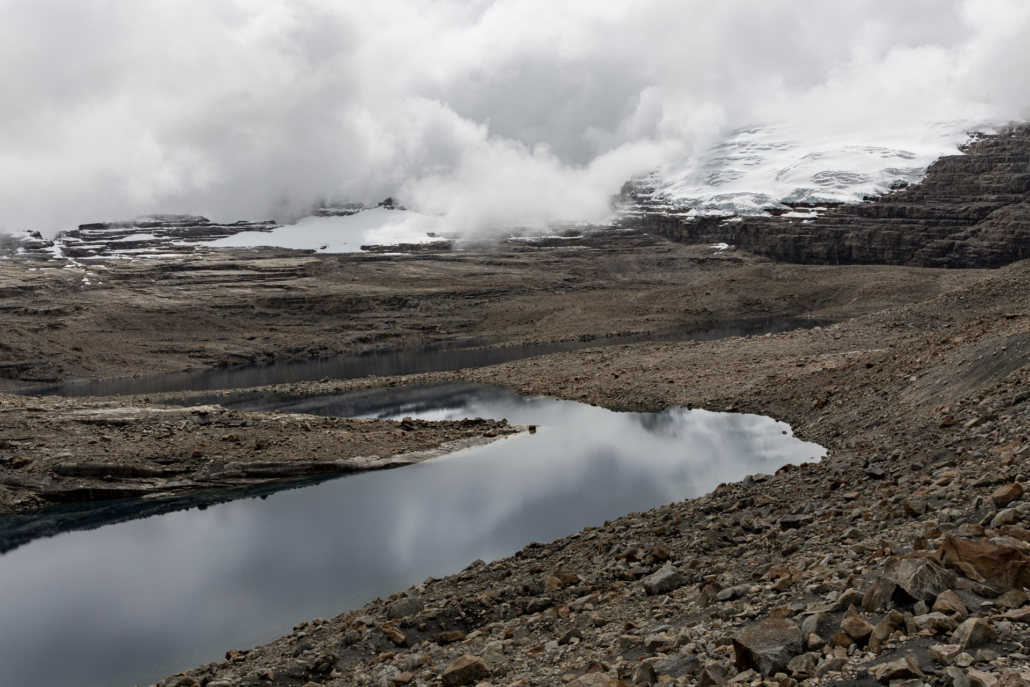Antoine KREMER
This post is also available in:
 French
French
Colombia’s glaciers play a crucial role for local populations: they are a direct source of drinking water and agricultural irrigation for millions of people.
They also play a very important symbolic, spiritual and therefore cultural role for indigenous communities. For the Amerindians, these glaciers are sacred. These places are untouchable, guarded like relics. It is the source of the birth of the gods: “Just as a couple cannot procreate when there are people, they can only procreate in intimacy”.
Finally, their particular climate offers an incomparable diversity of flora and fauna. Scaled between 3100m and 4600m, their richness is priceless. They have more than 5000 different species of which about 60% are endemic.
However, global warming is greatly disrupting the fragile ecosystem of the glaciers and will give rise to a domino effect: among other things, the decline of forests, the loss of water retention capacity, the endangerment of downstream villages, the disappearance of certain symbolic rites and above all a very important lack of water.
A first expedition took place in October-November 2019 on the tropical glaciers of Colombia. The team was composed of scientists, glaciologists, researchers and mountaineers. Together we were interested in two glaciers: Nevado Santa Isabel and Sierra Nevada El Cocuy o Güican.
Colombia is the 3rd country in America in terms of the number of glaciers. Far behind Peru (2238) and Bolivia (481). Nevertheless, it has no less than 71 glaciers. But the number is clearly decreasing. Indeed, they are drastically reducing, in particular because of global warming.
They have lost 56% of their glacial surface over the last 30 years, 22% of which in the last decade. At the end of the Little Ice Age in 1850, their surface area was about 349 km2. Today, less than 37 km2 remain.
Scientists expect the majority of Colombia’s glaciers to disappear by 2050.
Some glaciers such as Nevado Santa Isabel (or Poleka Kasue in the indigenous language) have an estimated lifespan of a decade. Located west of Bogota, its glacial surface has already lost more than 94% since 1850. Several factors explain this phenomenon. This glacier is the lowest in altitude with a peak at 4950m. Secondly, Los Nevados is a park of active volcanic glaciers: the ash deposited on the snow can reduce the albedo by more than half. Added to this is global warming, which has accelerated phenomenally since the industrial age of 1850.
The Sierra Nevada El Cocuy o Güican glacier (or Zizuma in indigenous language) is the largest in the country. Located in the northeast of the country on the border with Venezuela, it has 13.3 km2 of glacial surface. Its lifespan is estimated at another 100 years. It owes this to its high altitude of more than 5000m, but also to the humidity of eastern Colombia which contributes to constant and regular snowfalls.
However, there are solutions to stop, or at least slow down the melting of tropical glaciers: limiting deforestation, replanting trees, reducing CO2 emissions, and above all educating and warning. Indeed, including for Colombians themselves, the importance of these glaciers is largely ignored.



